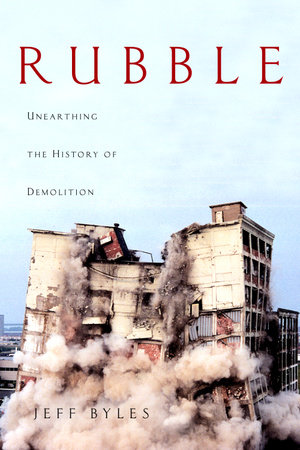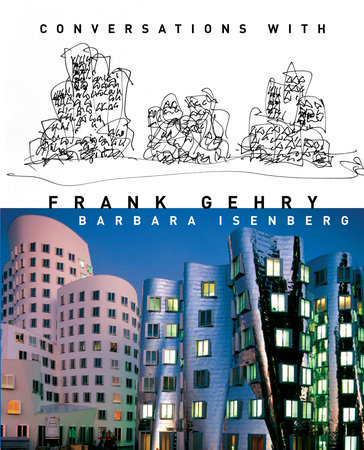


-
Jan 25, 2012 | ISBN 9780307959720
YOU MAY ALSO LIKE
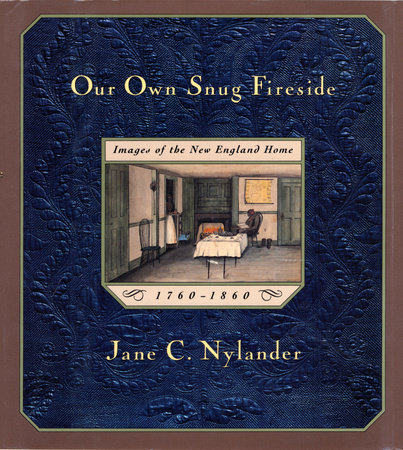
Our Own Snug Fireside
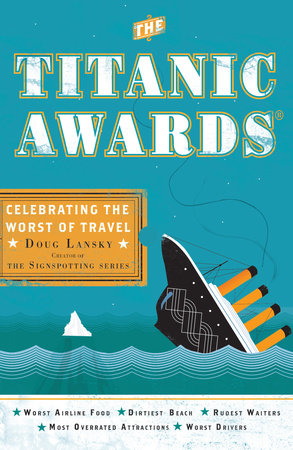
The Titanic Awards
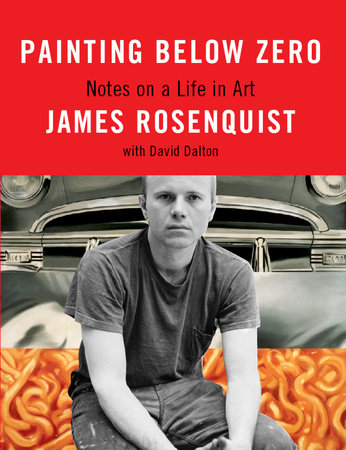
Painting Below Zero
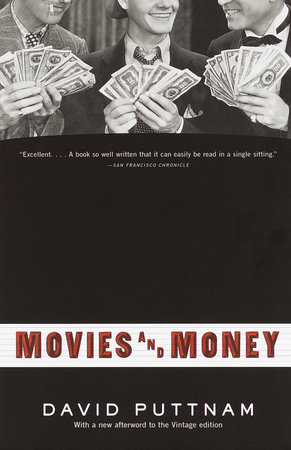
Movies and Money
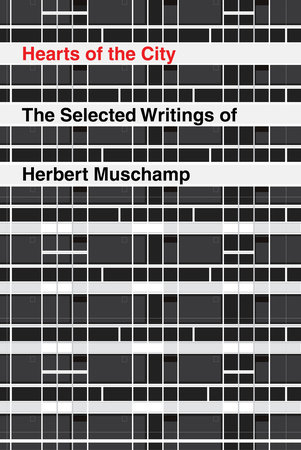
Hearts of the City
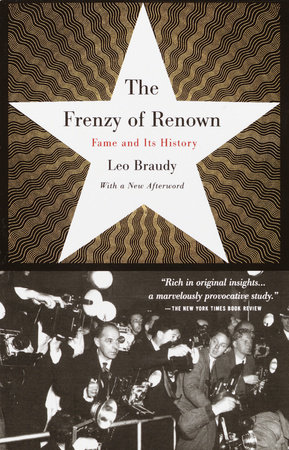
The Frenzy of Renown

Kimono Mind
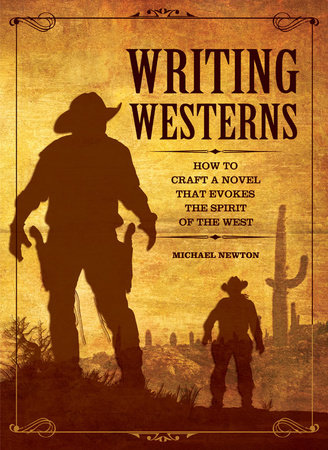
Writing Westerns
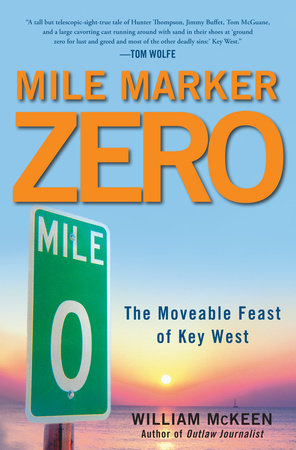
Mile Marker Zero
Praise
“Surprising . . . Conversations reveals an architect every bit as engaging as his buildings.” -Steven Kurutz, The New York Times ”Rich and . . . revelatory . . . Gehry’s long relationship with Isenberg . . . has produced a level of trust and familiarity that allows him to open up in ways he has rarely done publicly.” -Christopher Hawthorne, Los Angeles Times ”Conversations with Frank Gehry offers Gehry aficionados a variety of fertile topics to explore . . . Isenberg’s book may be the best way to explore Gehry’s work . . . A wonderful place to wait for the world to start bustling again.” -Doug Childers, Richmond Times-Dispatch ”Isenberg . . . offers worthwhile new information for architecture devotees and an engaging introduction for general readers.”
-Martin Filler, The New York Times Book Review ”Ambition and what [Frank Gehry] calls his ‘aw-shucks’ personality collude in such precedent-setting projects as Guggenheim Bilbao, Disney Hall, and his own chain-link-happy home in Santa Monica. This conversation sheds light on them all.” -Los Angeles Magazine ”A frank conversation with Frank [is] unusually revealing, and few have done it better than arts reporter Barbara Isenberg . . . Compelling . . . Even the familiar stories sound fresh, and there are sharp insights on the creative process.” -The Architect’s Newspaper ”Essential reading for everyone interested in the art and craft of architecture.” -Larry Cox, Tucson Citizen ”Highly engaging . . . Especially valuable because, unlike the other ‘star’ architects working today, Gehry eschews theory, doesn’t write manifestoes, and has no interest in projecting a stylish personal image . . . Isenberg presents a warmly human Gehry whose intuitive approach to design begs to be experienced.” -Jack Quinan, The Buffalo News ”Isenberg . . . keeps her sharp questions front and center, reminding the readers that these are intelligently interactive interviews . . . With a plainspoken directness certain to embarrass his TheorySpeak colleagues, Gehry’s comments center on his lifelong learning, his innovative projects, and his assessment of his legacy. There are levels upon levels of insights to be culled from his candor . . . Gehry’s conversations with Isenberg offer portraits of an astute listener as well as talker, an architect as aware of his flaws and limitations as of his virtues.” -Norman Weinstein, ArchNewsNow.com ”A gold mine for Gehry admirers; for more casual followers of his work, there are plenty of intriguing insights into the creative process.” -Mason Currey, Metropolis Magazine ”Articulate and disarmingly unpretentious.” -Starred review, Booklist ”Absolutely fascinating . . . Gehry emerges in this self-portrait as a man of flesh and blood: unusually humble, painstakingly ethical, and frankly thrilled with the exciting prospects of modern art and architecture . . . A gold mine for scholars and the general public.” -Library Journal
21 Books You’ve Been Meaning to Read
Just for joining you’ll get personalized recommendations on your dashboard daily and features only for members.
Find Out More Join Now Sign In








